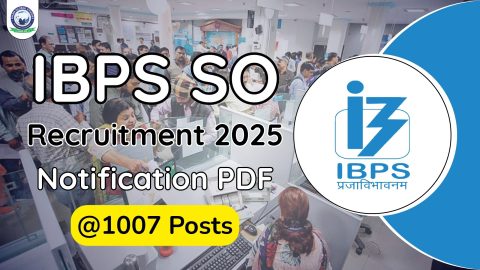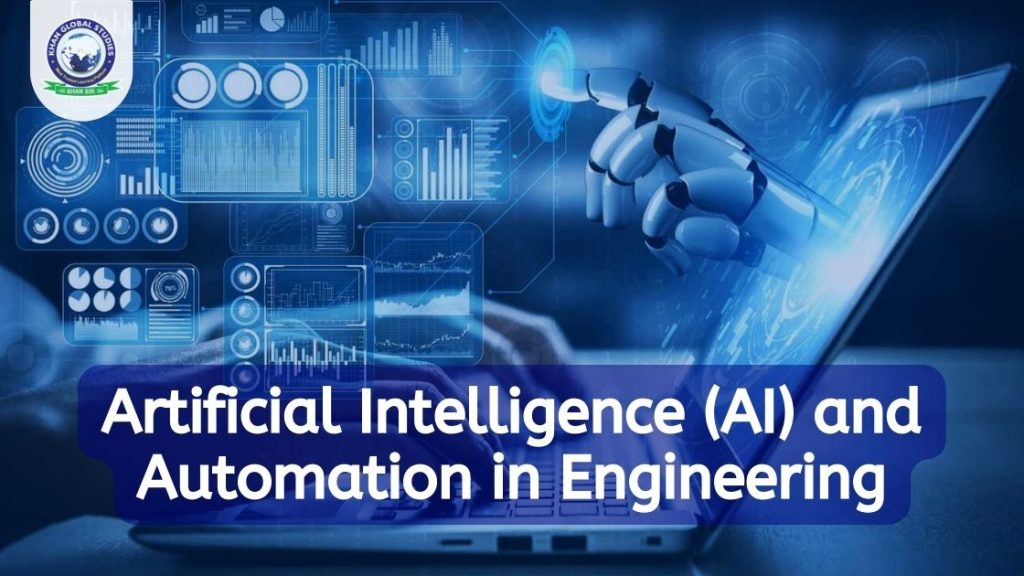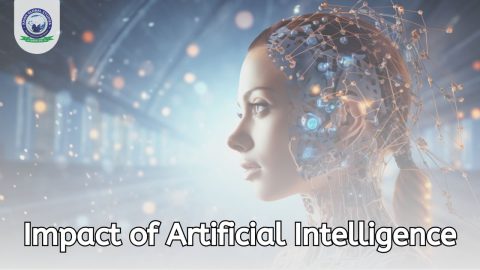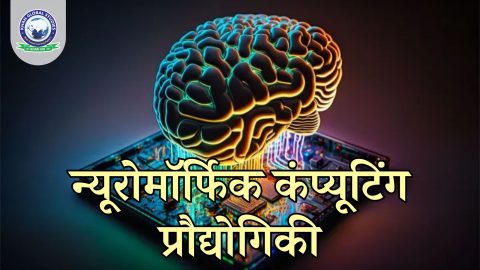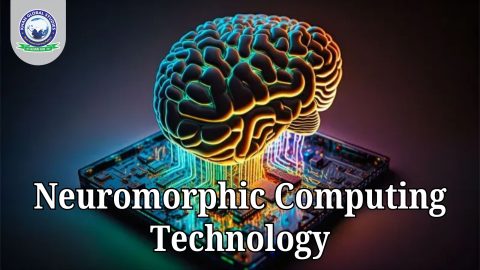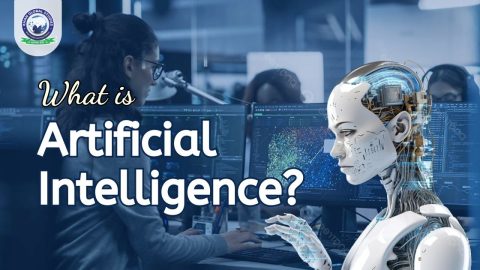The domain of engineering has been profoundly impacted by Artificial Intelligence (AI) and automation, heralding a significant transformation. These innovations harbour the potential to completely overhaul the methodologies through which engineers conceptualize, scrutinize, and refine intricate systems and processes. However, it is imperative to acknowledge that alongside their considerable advantages, AI and automation present formidable challenges, encompassing ethical quandaries, apprehensions regarding job displacement, and the imperative for robust cyber security measures. Engineers and organizations must meticulously strategize and execute the integration of these technologies to fully exploit their benefits while effectively addressing potential drawbacks.
Emergence of Artificial Intelligence in Engineering
The advent of Artificial Intelligence (AI) in the engineering landscape signifies a momentous paradigm shift, exerting a profound influence across diverse engineering domains. AI methodologies, including machine learning and deep learning, have been judiciously employed to augment the efficiency, precision, and innovativeness of engineering endeavours. Machine learning is anticipated to emerge as a coveted engineering skill in 2022, reflecting the escalating demand for incorporating AI methodologies into engineering workflows.
An estimated 90% of prominent corporations are believed to have made substantial investments in AI technologies. However, a mere fraction, less than 15% of these entities, have fully embraced AI integration within their operational frameworks. Despite apprehensions regarding potential job obsolescence precipitated by AI, current trends suggest that emergent technologies are fostering a diverse array of opportunities for engineering professionals.
Integration of AI and Automation in Manufacturing
AI assumes a pivotal role across various stages of the manufacturing continuum, fostering augmented productivity, precision, and automation. Leveraging machine learning, data analytics, and algorithmic frameworks, AI empowers robotic systems to execute tasks that hitherto necessitated direct human intervention. By harnessing predictive maintenance protocols, quality control mechanisms, and process enhancement strategies, AI technologies engender amplified output while mitigating operational downtime. Real-time analysis of copious datasets facilitates informed decision-making, process optimization, and trend identification, thereby circumventing oversights that may elude human perception.
The convergence of AI and automation engenders substantial benefits for commercial enterprises by fostering heightened production yields, operational efficiency, and fiscal performance. Augmented productivity, refined efficiency, optimized data analytics, and enhanced bottom-line outcomes epitomize some of the paramount advantages. Nevertheless, the development and deployment of AI within the realm of automotive electronics entail a myriad of challenges, encompassing intricacy, reliability concerns, cybersecurity imperatives, and regulatory compliance mandates.
AI in Structural Engineering and Design
The application of AI algorithms in structural engineering and design entails a multifaceted approach, encompassing the analysis of sensor data derived from various structural parameters such as temperature and vibration. These algorithms facilitate the proactive identification of maintenance requirements and the early detection of potential structural vulnerabilities before they manifest. Furthermore, AI-powered surveillance cameras play a pivotal role in the inspection and monitoring of structural integrity. Through the deployment of artificial intelligence-driven structural analysis systems, engineers can accurately simulate and evaluate complex structural behaviour, thereby identifying potential weak points and predicting failure modes. Additionally, AI-driven optimization mechanisms strive to tailor digital experiences to user preferences, enhancing personalization, cost-effectiveness, and overall utility. The integration of AI technologies empowers organizations to make informed, data-driven decisions that augment the functionality of their websites, enhance user engagement, and improve conversion rates.
Machine Learning for Energy Efficiency in Engineering
Machine Learning (ML) techniques have emerged as indispensable tools for optimizing energy efficiency models and predicting energy consumption patterns. Over the past five years, ML methodologies have garnered widespread adoption in the design of energy-efficient systems, particularly in response to the escalating demand for smart buildings and Internet of Things (IoT) Technologies. The pursuit of sustainable urban development hinges upon the convergence of technological innovations with sustainability imperatives, thereby underscoring the pivotal role of Artificial Intelligence (AI) in orchestrating and forecasting electricity supply. The global imperative for transitioning towards a low-carbon future further underscores the criticality of AI in achieving energy-related objectives. AI-driven initiatives aimed at promoting “smart consumption” revolutionize energy utilization patterns, facilitating the establishment of decentralized power grids that ensure equitable energy distribution.
AI in Traffic and Transportation Engineering
The application of artificial intelligence (AI) in traffic and transportation engineering endeavours encompasses the deployment of sophisticated systems capable of identifying and mitigating various traffic events, including accidents, instances of wrong-way driving, speeding violations, and road obstructions. Real-time analysis of traffic data, facilitated by AI algorithms, draws insights from a diverse array of surveillance cameras and Internet of Things (IoT) devices embedded within vehicles and transportation infrastructure. Given that human error accounts for over 90% of traffic accidents, the integration of AI technologies is poised to mitigate accident rates significantly. The proliferation of Autonomous Vehicles (AVs) promises to revolutionize the cost dynamics of transportation, particularly within the realm of public transit. By facilitating smart carpooling initiatives, AVs hold the potential to optimize transportation costs further. Moreover, the advent of driverless vehicles is expected to alleviate traffic congestion by obviating the need for human drivers, thereby fostering a paradigm shift towards car-sharing initiatives that curtail the proliferation of vehicles on roadways and mitigate the overall carbon footprint associated with conventional transportation modes.
Challenges of AI Implementation in Engineering
While the integration of AI and automation in engineering processes yields a plethora of benefits, ranging from enhanced efficiency to improved accuracy and cost reduction, it also engenders several challenges and ethical considerations. These encompass concerns surrounding safety, reliability, algorithmic complexity, human-AI collaboration, and the seamless integration of AI technologies with existing engineering frameworks. Furthermore, ethical considerations such as data privacy, collection protocols, and decision-making frameworks constitute critical dimensions of AI implementation. The burgeoning discourse surrounding job displacement and human-AI collaboration underscores the need for nuanced deliberation and proactive measures to ensure that the advent of AI technologies augments rather than supplants human labour. Collaborative initiatives aimed at fostering synergistic relationships between humans and AI hold the potential to engender more productive and fulfilling work environments, thereby capitalizing on the transformative potential of AI technologies while mitigating associated challenges.
Advancements in Digital Twin Technology and its Applications in Engineering
Digital twins, which are virtual replicas of physical entities, harness the power of real-time data, simulation, analytics, and visualization. These sophisticated constructs play a pivotal role in enhancing decision-making processes, thereby driving down costs and augmenting operational efficiency. The seamless integration of digital twins into manufacturing processes yields substantial benefits, including cost reduction and accelerated value realization. Architects and engineers leverage digital twin technology to streamline the design phase of construction projects, integrating intricate details about usage scenarios, material compositions, and maintenance protocols. This holistic approach facilitates enhanced oversight and communication throughout the construction lifecycle, ultimately ensuring superior quality outcomes.
Harnessing AI for Predictive Maintenance in Industrial Settings
The adoption of AI-driven predictive maintenance methodologies heralds a paradigm shift in asset management practices within industrial domains. By harnessing historical data and real-time analytics, AI algorithms forecast equipment failures and proactively schedule maintenance activities. Through the discernment of anomalous patterns and the identification of latent flaws, AI empowers organizations to optimize the timing of repairs and replacements, thereby mitigating the occurrence of emergency breakdowns. Across diverse industries, AI catalyzes enhanced data analytics, furnishing invaluable insights into market dynamics, consumer preferences, and strategic imperatives. AI-generated maintenance schedules serve as bulwarks against over-maintenance practices and minimize operational disruptions, thereby conserving vital resources. For instance, AI-enabled monitoring of machinery spindles in milling operations mitigates the need for costly remedial interventions, fostering operational efficiency and curtailing extraneous expenditures.
Elevating Cybersecurity Protocols in AI-Integrated Engineering Ecosystems
The pervasive integration of AI systems into engineering frameworks necessitates robust cybersecurity measures to safeguard against potential threats and vulnerabilities. Adversarial machine learning attacks, which involve the manipulation of input data to subvert model outputs, pose significant risks to decision-making processes and overall system security. Furthermore, escalating concerns regarding data privacy underscore the imperative of fortifying defences against unauthorized access and data breaches. Given the exponential proliferation of data within AI-driven ecosystems, organizations must remain vigilant in identifying and remedying security vulnerabilities through the judicious application of security patches, software updates, and hardware enhancements. Timely intervention and proactive mitigation strategies are imperative to fortify cybersecurity postures and preserve the integrity of engineering infrastructures in the face of evolving cyber threats.
Prioritizing Human-Centric Design Principles in AI Engineering Endeavors
The integration of human-centric design principles into AI engineering endeavours is indispensable for optimizing usability, safety, and user acceptance. Deliberate attention to user experience considerations ensures that AI-integrated solutions resonate with end-users and engender positive perceptions. By prioritizing user-centric design methodologies, AI engineers can circumvent potential pitfalls and imbue their creations with tangible value. The coalescence of technical proficiency with user-centric design paradigms fosters the creation of AI systems that seamlessly augment human capabilities rather than supplant them. Inculcating a perception of AI as an enabler rather than a disruptor cultivates a conducive environment wherein users embrace AI technologies as indispensable tools that enhance their professional endeavours. The symbiotic relationship between humans and AI engenders a dynamic ecosystem wherein technological innovations serve as catalysts for collective advancement and empowerment.
The Future Trajectory of AI and Automation in Engineering
The forthcoming trajectory of AI and automation within the realm of engineering beckons with boundless potential, encompassing a myriad of captivating trends and developments spanning domains such as aerospace, electronics, and energy storage. Quantum algorithms, poised to revolutionize computational paradigms, hold promise for applications ranging from molecular modeling to real-time optimization of supply chains and the resolution of intricate equations. The advent of generative design, underpinned by AI frameworks, heralds a transformative shift in the methodology underpinning product design endeavours, engendering the emergence of highly streamlined and innovative design solutions across diverse industries, including automotive and architecture. Anticipate the proliferation of autonomous drones, self-driving vehicles, and robotic assemblies within the domains of manufacturing and logistics, catalyzing enhancements in operational efficiency, safety standards, and precision across a plethora of engineering applications.
However, amidst the vistas of opportunity that these advancements portend, it is imperative to acknowledge the concomitant challenges that accompany their proliferation. Ethical considerations loom large, accentuated by the ethical quandaries inherent to the deployment of AI and automation technologies within societal frameworks. Cybersecurity risks cast a pall over the horizon, necessitating robust measures to fortify digital ecosystems against malicious intrusions and cyber threats. Furthermore, the imperative of up-skilling the workforce to align with the exigencies of the evolving technological landscape underscores the pivotal role of continuous learning and professional development initiatives in nurturing a workforce adept at navigating the nuances of AI and automation. It behoves engineers and organizations alike to remain vigilant, abreast of the latest developments in AI and automation, and poised to adapt swiftly to the exigencies of the evolving technological milieu, thereby harnessing the transformative potential of these technologies while adeptly navigating the challenges that accompany their ascendancy.
